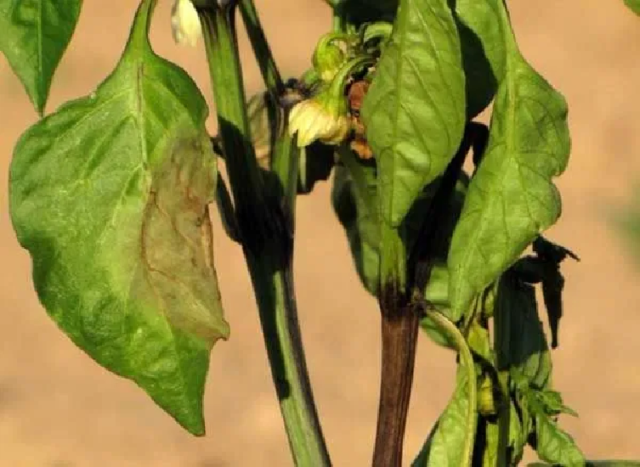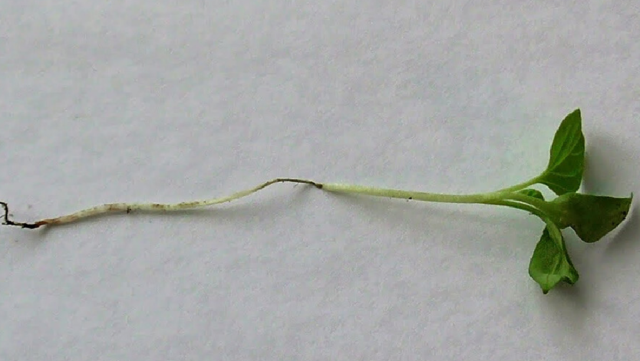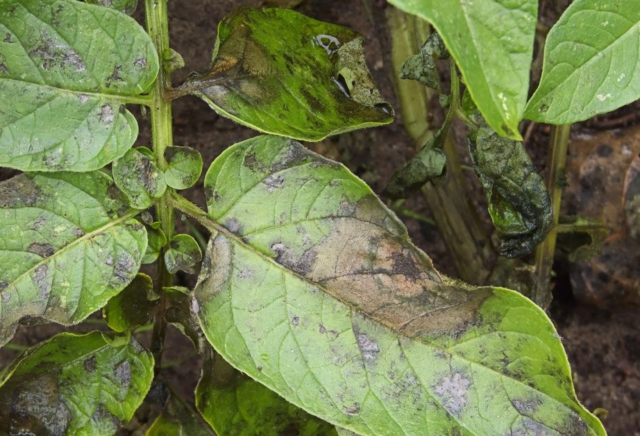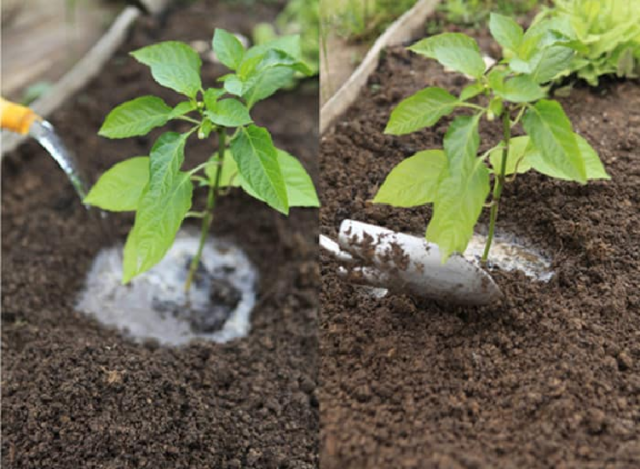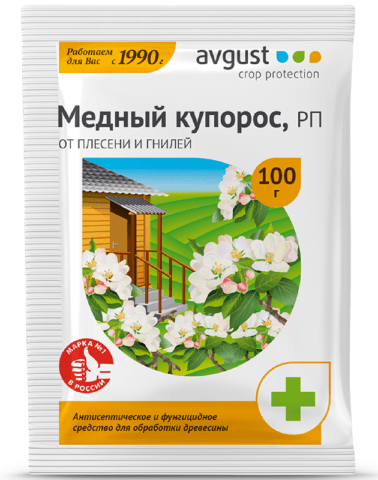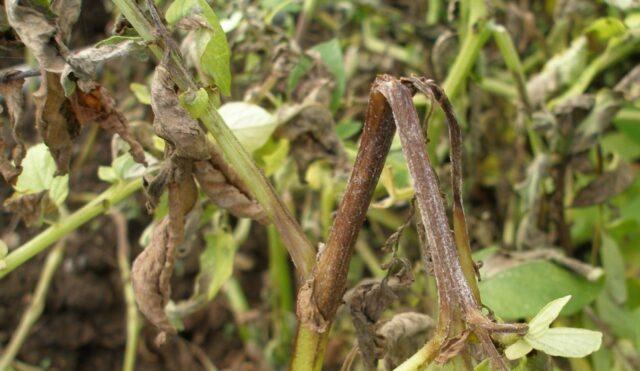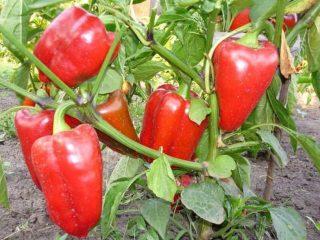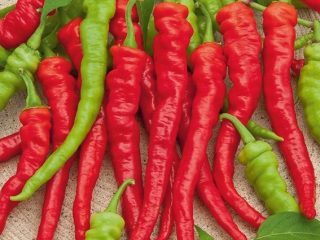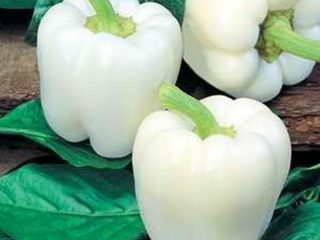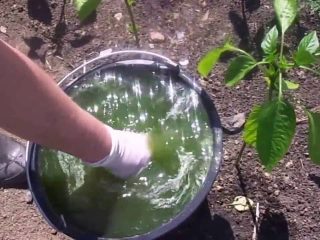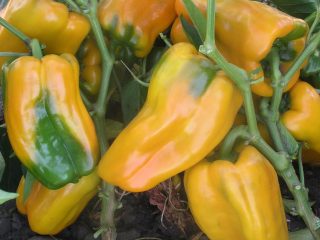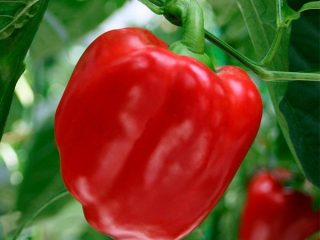Content
Big Boy pepper is an early-ripening, large-fruited, productive variety. Due to its ease of care, it is popular among gardeners. Suitable for cultivation outdoors and under film.
History of appearance
Breeders from the Aelita agricultural company worked on the breeding of sweet peppers (in some sources they are called Big Boy). In addition to the red Big Boy, the mini-family includes:
- dark orange Big Mama;
- lilac-lilac Big Daddy;
- bright orange Big Girl.
The variety was included in the State Register of Russia in 2012. It is recommended for cultivation in open ground and in greenhouses.
Description of bell pepper Big Boy
The taste of Big Boy fruits was highly appreciated. The pepper is juicy, not bitter, has a pronounced aroma, is stored well and tolerates transportation well.
Weight, color and shape of fruits
The fruits have a cylindrical shape. The surface is glossy, shiny.At the moment of full ripening it acquires a bright scarlet color.
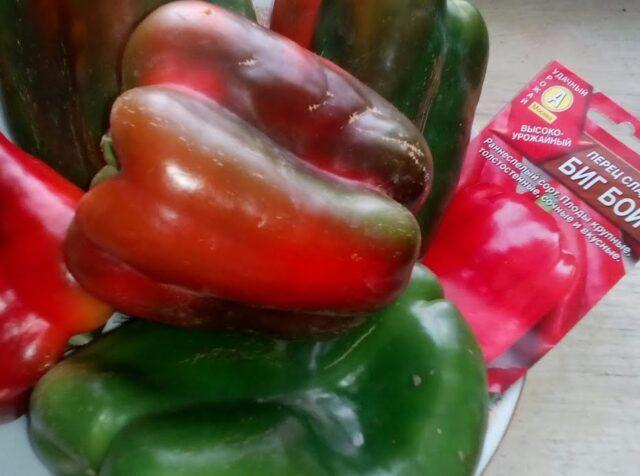
The fruits on the bushes are approximately the same size, the average weight of pepper is from 250 to 300 g
Height and size of the bush
Bushes of the Bolshoi Boy variety cultivated in open ground are low - 60-70 cm; under film cover the plant stretches a little higher. The crown is slightly spreading, the stem is powerful, so there is no need to install additional supports to support the crop. The leaves are medium-sized, dark green in color, and the peppers grow drooping on the bush.
Characteristics of Big Boy pepper
Big Boy is a universal, early ripening variety. Pepper fruits are rich in vitamin C. The vegetable is recommended for consumption by people with weakened immune systems. Big Boy is frozen and used for preparing fresh salads, canning, lecho, ketchups, and sauces.
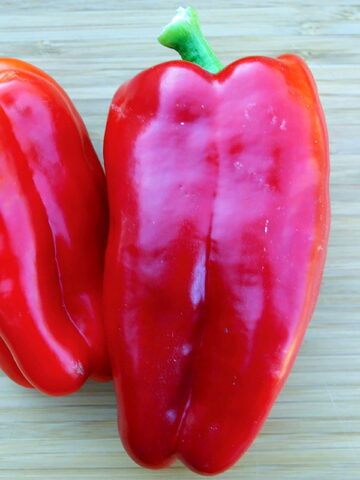
When frozen, heat treated, or during preservation, pepper does not lose its beneficial properties.
Big Boy pepper yield
According to data registered in the State Register, Big Boy, grown in a greenhouse, from 1 m2 gives 7.5-8 kg of yield.
Fruiting dates
The harvest lasts from July to the end of September. Pepper ripening occurs not only on the bushes, but also after picking.
Disease resistance
Of the entire range of diseases affecting plants of the nightshade family, Big Boy shows resistance only to the tobacco mosaic virus. There is no information about the resistance of the variety to other diseases.
Growing regions
The Big Boy variety is suitable for widespread cultivation. The growing season of the plant is from 110 to 115 days.
In the Urals, Siberia and central Russia, Big Boy sweet peppers are recommended to be cultivated in a greenhouse.
Advantages and disadvantages
Nutritionists include pepper in the diet of people diagnosed with blood diseases, anemia and tuberculosis. The fruits of Big Boy will be useful to residents of the northern and central regions of Russia, since due to harsh climatic conditions they need natural vitamins and microelements.
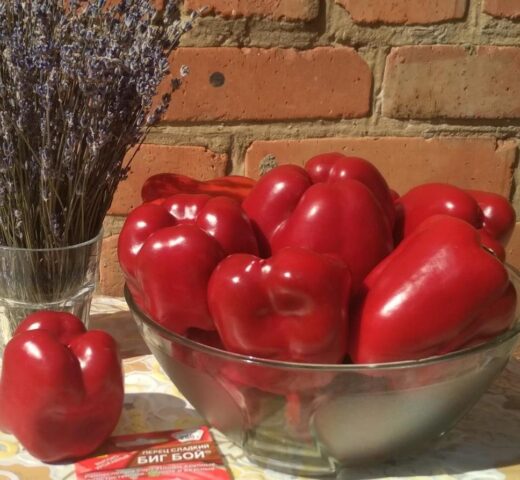
Big Boy peppers retain their presentation for a long time
Pros:
- high productivity;
- excellent taste;
- long-term storage, resistance to transportation;
- early ripeness;
- immunity to tobacco mosaic virus;
- universal purpose;
- The plants are compact and neat.
The disadvantages include:
- susceptibility to most diseases.
Features of cultivation
Preparing the soil for the beds begins in the fall. The best predecessors for Big Boy are considered to be onions, cucumbers, legumes, and greens. It is not recommended to grow peppers where other nightshade crops were previously planted.
Pepper is a heat-loving and light-loving plant. Shows high watering requirements. If the seedlings are not irrigated for a long time, the growth of the bushes slows down. Big Boy prefers fertile soils with a pH level of 6-6.6.
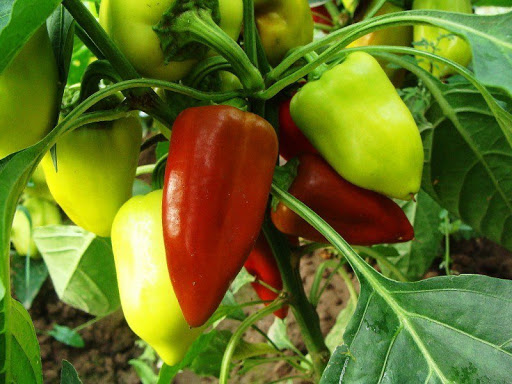
Beds for growing Big Boy should not be blown through by draft winds
When and how to plant seedlings
In order for the pepper to ripen, it must be sown 60-70 days earlier than it is planted in a permanent place. Different regions have their own timing; seed sowing is carried out from February 10 to March 10.
Before sowing, seed material is recommended to be disinfected in a solution of potassium permanganate or fungicide. After which the seeds are laid out between layers of gauze, placed in a warm place, making sure that the fabric does not dry out. After 10-14 days, the seeds will hatch.The main thing is not to let the sprouts outgrow, as they are too tender and can break.
To sow Big Boy peppers, you can use store-bought soil mixture or prepare it yourself. To do this, mix peat and well-rotted compost (humus), sand in a ratio of 2:2:1. To protect the seedlings from fungal diseases, the prepared mixture is steamed in a double boiler for at least one hour.
Planting pepper seedlings:
- Disinfect the container with a solution of potassium permanganate. Fill with soil mixture and compact.
- Seeds are placed at a distance of 1.5-2 cm. Dense seedlings will shade each other.
- Cover the spread out planting material with soil mixture and compact it lightly. The layer of soil on top of the seeds is no more than 1.5 cm. When watering, make sure that the seeds do not end up on the surface.
- The temperature in the room where the seedlings will germinate is maintained at +25ᵒС.
- When the shoots appear, the temperature is reduced to +15…+17 ᵒС.
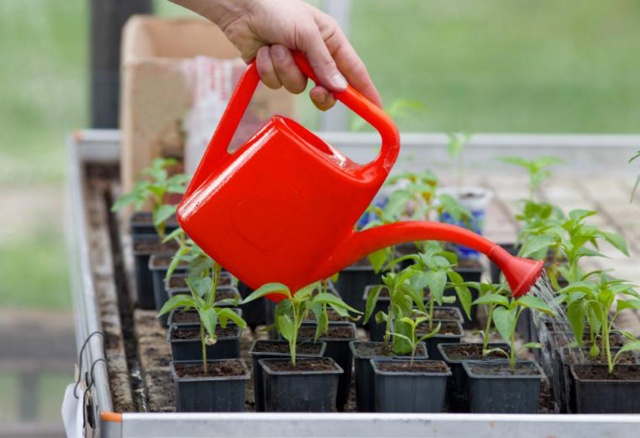
Water the seedlings moderately with warm, settled water.
To prevent the seedlings from stretching, the container is periodically turned. In the phase of 2-3 true leaves, pepper seedlings are picked, planted in separate pots or glasses.
Transplantation into open ground
The distance between bushes in a row is 50 cm, the row spacing is 60 cm. The holes for peppers should not be deep; when the stem is immersed, the root collar remains on the surface. After planting, the plants are watered abundantly and then mulched.
Aftercare
Caring for Big Boy peppers includes:
- weekly watering is carried out with warm, settled water;
- regular loosening of the soil, removal of weeds.The root system of pepper is close to the surface; manipulations should be carried out carefully;
- in a greenhouse it may be necessary to tie plants to supports;
- To get a good harvest, it is recommended to remove stepsons and leaves up to the fork, as well as those fruits that grow inside the bush. On secondary shoots, the weaker ovary is cut off;
- feed the peppers every two weeks. Before the ovary appears, the seedlings are fertilized with herbal infusions. During fruit formation, potassium-phosphorus fertilizers are used. Fertilizers are applied to moist soil;
- When grown in a greenhouse, ensure regular ventilation of the room.
If, when cultivated under a film, the pepper does not adhere well, the flowering plants need to be shaken a little, or the pollen must be transferred from flower to flower using a brush.
Prevention of diseases and pests
Pepper diseases that cannot be cured:
- verticillosis is a difficult to detect disease. The bushes gradually lose their vitality, wither, and completely dry out during the flowering period;
- blackleg is found on seedlings and young plants. Infection occurs through seed and soil. To avoid this, it is recommended to regularly ventilate the greenhouse;
- phytoplasmosis is a disease caused by microplasmas. The plant grows poorly, the leaves curl and turn yellow. The flowers fall off, and if the fruits set, they become unsalable.
If these diseases are detected, the bushes are removed by the roots and burned outside the site. For preventive purposes, it is recommended to disinfect garden tools, seeds and soil in the greenhouse.
The most common ailments that can affect Big Boy pepper bushes are:
- Top rot - manifests itself on the plant in the form of weeping spots on the leaves and tops of fruits, with an excess of nitrogen and a lack of calcium. To cure the bush, it is necessary to fertilize the beds with calcium nitrate.
- Leaf mold forms when the air humidity is high. It appears as brown spots on the leaves on the outside and light ash spots on the inside. To protect plants, it is recommended to follow crop rotation standards and disinfect the soil with a solution of copper sulfate in the autumn. If it was not possible to avoid the disease, the bushes must be treated with fungicides.
- Late blight - begins to appear as brown spots on the leaves, then spreads to the fruits. For preventive purposes, it is recommended to treat with phytosporin or copper-containing agents.
The most dangerous pests for Big Boy peppers are the Colorado potato beetle, aphids and spider mites. When growing crops on an industrial scale, farmers treat with insecticides. If plants are cultivated for personal consumption, the beds are sprayed with an infusion of hot pepper, garlic or wormwood.
Conclusion
Big Boy pepper is not only rich in vitamin C. It does not lose its commercial qualities for a long time. Fruits picked from the bush in the technical ripeness phase ripen within several days.
Reviews from gardeners about Big Boy pepper
